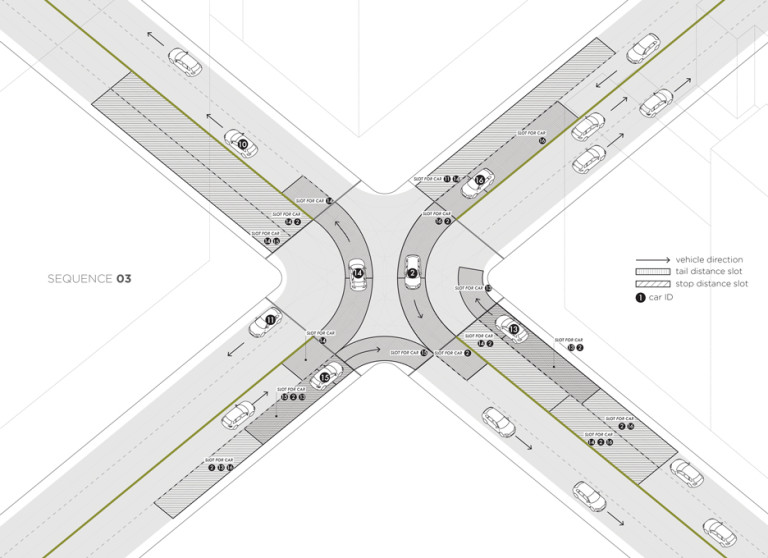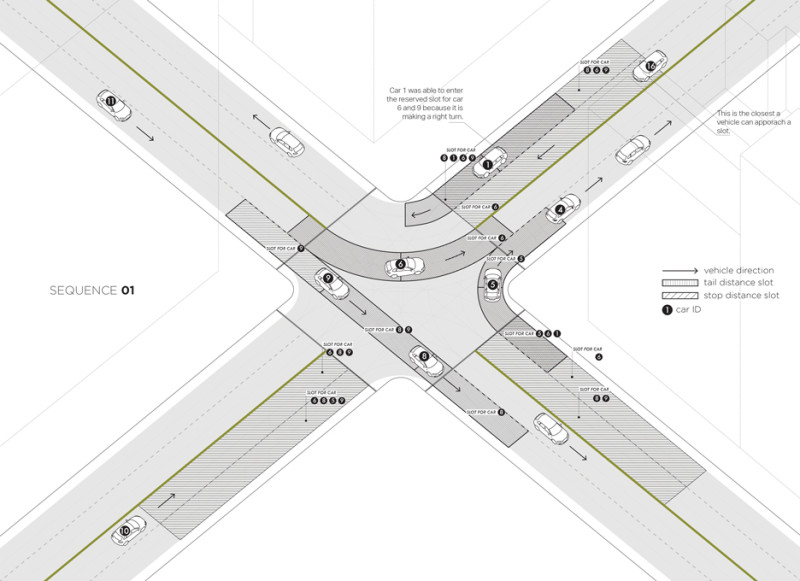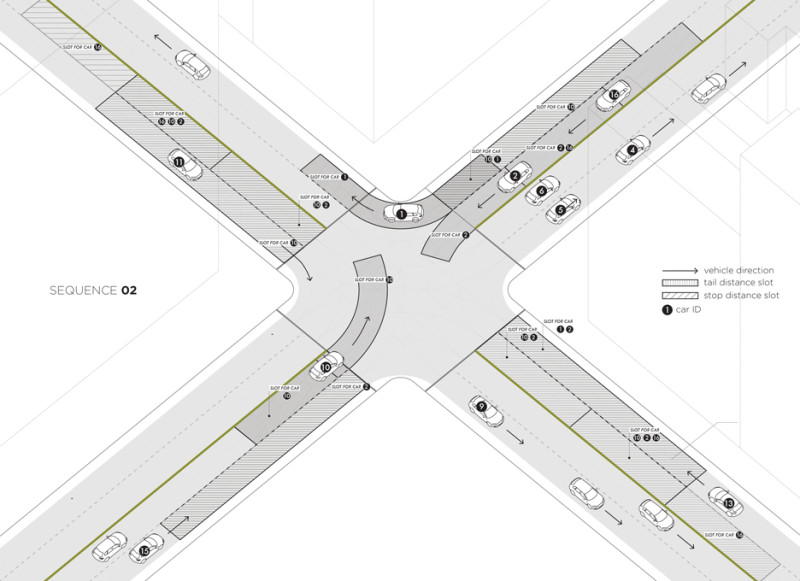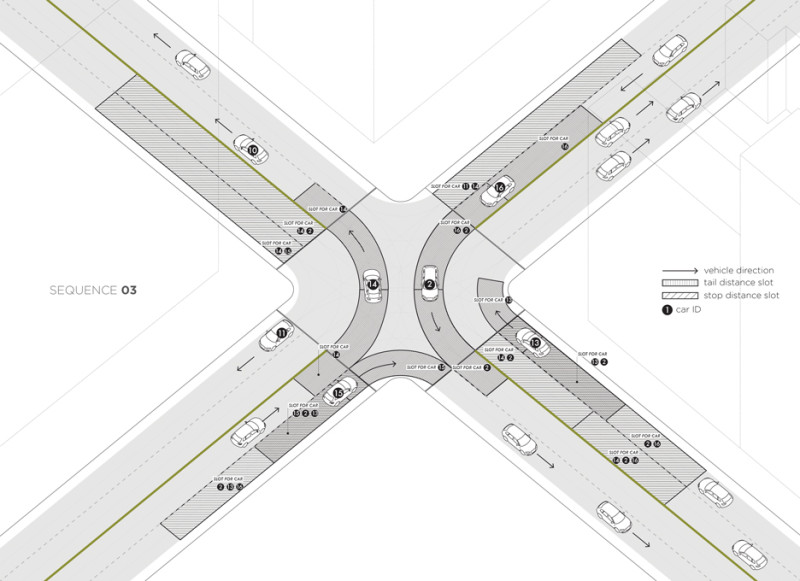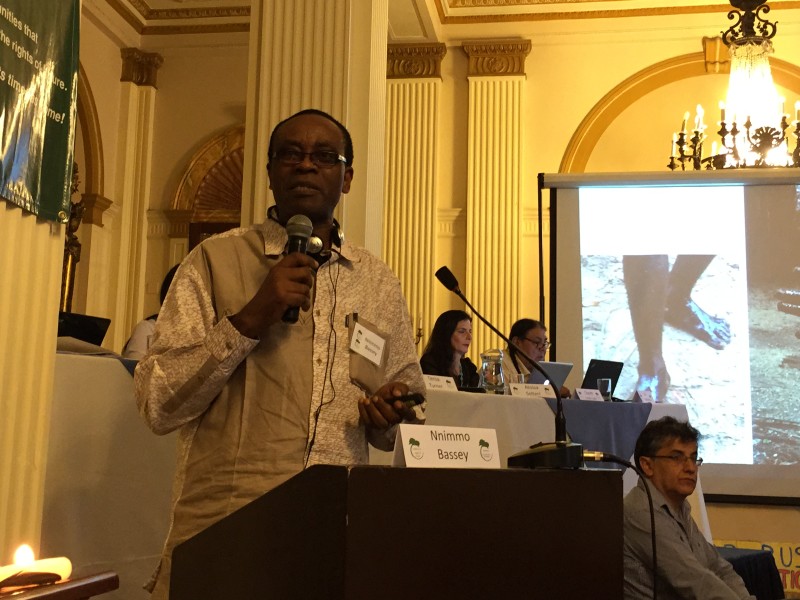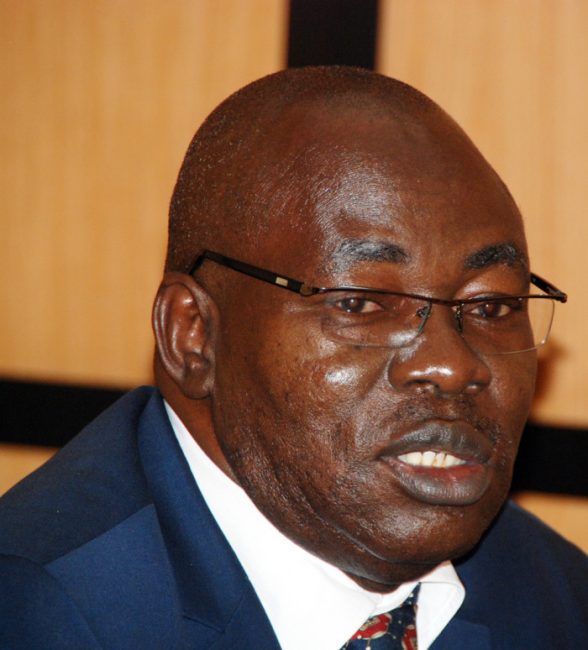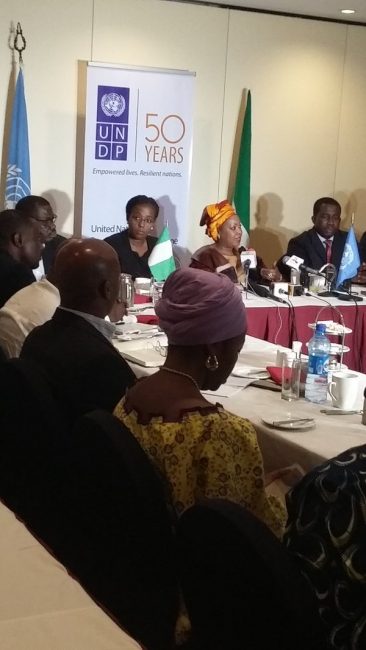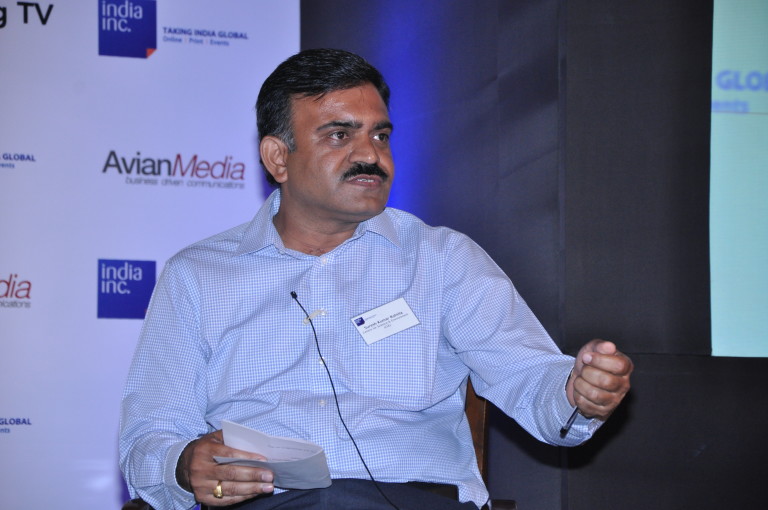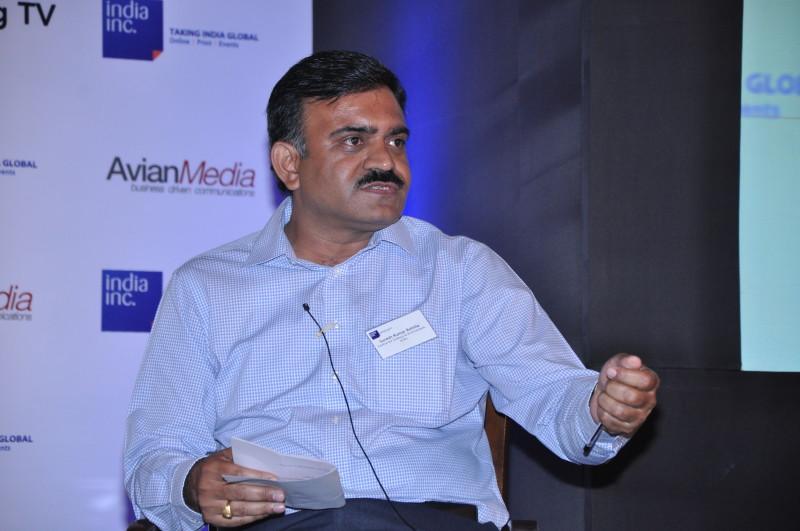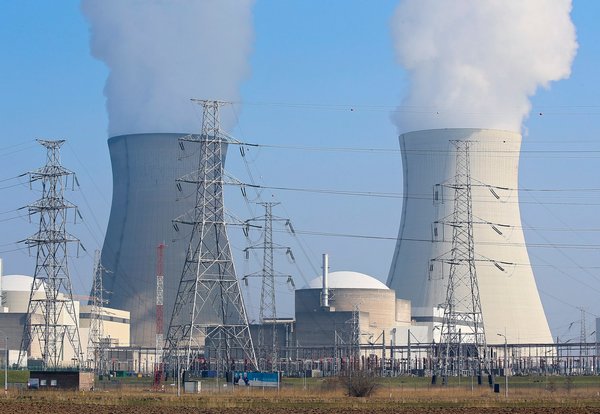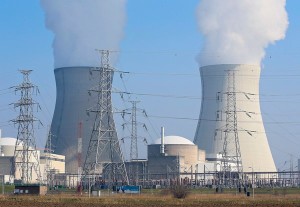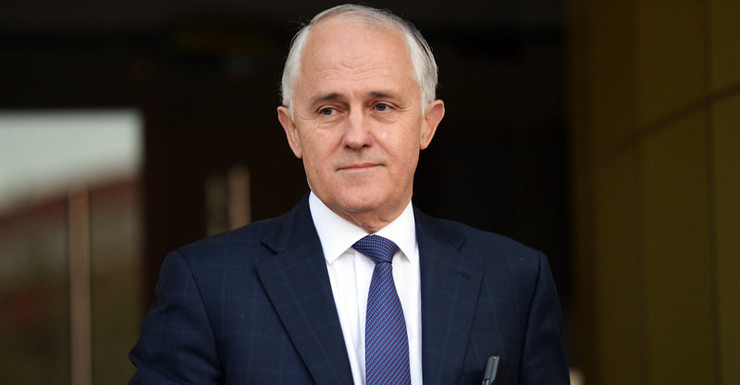Ghana’s savannah ecology zone is well endowed with a large expanse of land, which under normal circumstances should have better served the people. But the harsh environmental conditions including the dryness of some areas, threats of desertification, water scarcity, land degradation, soil erosion and climate change impacts, have hampered development in the area and entrenched poverty among majority of the people. The area covers Northern, Upper East and Upper West regions.
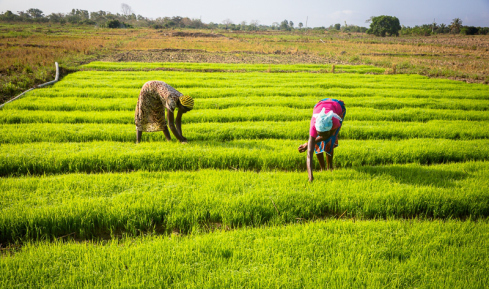
Research institutions and development organisations working within the savannah zone, are seeking evidence-based solutions built on actual understanding of these issues to create awareness among local stakeholders and implement appropriate development projects in the zone. The Consultative Group of International Agricultural Research (CGIAR) Research Programme on Water, Land and Ecosystems (WLE) is spearheading the process.
CGIAR WLE in collaboration with the Savannah Accelerated Development Authority (SADA), as well as USAID’s sponsored projects in the zone, among other organisations, have begun discussing ways of tailoring research to meet the needs of the people. They want to ensure that agriculture and natural resources oriented research provide sustainable solutions to poverty and underdevelopment in the area.
Under the auspices of the SADA, the concerned bodies as well as others have held a two-day Knowledge Sharing Fair in Tamale, Ghana. The Fair provided a platform for discussing issues pertaining to how research can inform policy, planning and practice. It was also an occasion for exhibiting over 10 research for development projects on-going in the SADA zone.
It was the right timing for development organizations and donors to deliberate on research for development related issues. It enabled the WLE program to show case its research contributions to the SADA objective of ensuring accelerated, integrated and comprehensive development of the Northern Savannah Ecological Zone.
The Fair facilitated the sharing of experiences and learning on current research and development projects across locations and subjects; and set the pace for better coordination and networking of actors across projects.
The main discussions focused on the means of promoting the expansion of improved land and water management technologies and practices in the SADA zone; positioning SADA to effectively monitor all development efforts to ensure synergy and desired impacts; and how to strengthen the alignment between research, policy and practice within the SADA zone.
The Chief Executive Officer of SADA, Charles Abugre, said the research on water, land and ecosystems was very timely and paramount to the aspirations of SADA. He acknowledged that unique opportunities exist in harnessing the water in the Volta basin, its values and ecological goods and services to provide livelihoods and transform the economy of the SADA zone.
The Upper East Region Commissioner of the National Development Planning Commission (NDPC), Ambassador Donald Adabre called for the pooling of efforts to narrow the poverty gap between the SADA zone and the rest of the country. He said, “This can be done by translating research and incorporating it into policy, planning and implementation of activities within the zone.”
The representative of the Vice-Chancellor of the University for Development Studies (UDS) and board member of the Northern Rural Growth Programme (NRGP), Professor George Nyarko, told the participants that UDS has the potential to assist in accelerating the development of the SADA zone with quality research. He therefore urged SADA to support the university’s research activities.
The Chief of Party for the USAID/ATT project, Dr. Micheal Dockery said in the SADA zone, his organisation was implementing projects such as “Secure Water” aimed at ensuring water availability for dry season farming and increase yields. He said most of the USAID related projects were geared towards nutritional outcomes, improved seed development and water for irrigation.
The Head of Office of IWMI West Africa, Dr. Olufunke Cofie said in order to deliver its core mandate of providing a Water Secure World, IWMI works with several partners from academia, research institutions, NGOs and Development Partners. She noted that Research by the CGIAR centres such as IWMI, “aims to achieve the four strategic outcomes of reducing rural poverty, increasing food security, improving nutrition and health, and ensuring enhanced sustainable management of natural resources.”
In a presentation on “Informing the Development of Innovative Agricultural and Water Management Solutions,” Dr. Cofie highlighted the priority WLE projects in the SADA zone. “These projects,” she said “are focused on intensifying sustainable agricultural production through: improving smallholder irrigation, flood recession farming and enhancing rain fed production systems and related ecosystems services.”
Additionally, there is another set of projects focused on “managing water variability &climate change at catchment scale through enhancing adaptation to climate variability; enhancing public and private investment in agricultural water infrastructure.” A third category of projects are aimed at recovering useful resources from waste materials; while the last group of projects are centred on integrating ecosystems solutions into policy processes.
All of these projects as well as the others are geared to improving agricultural production through integrated water and land management. The ultimate goal is to make farming in the SADA zone attractive, viable and sustainable. According to Dr. Cofie, within the sub-region, IWMI is working as a think tank that drives innovative research and solutions.
By Ama Kudom-Agyemang

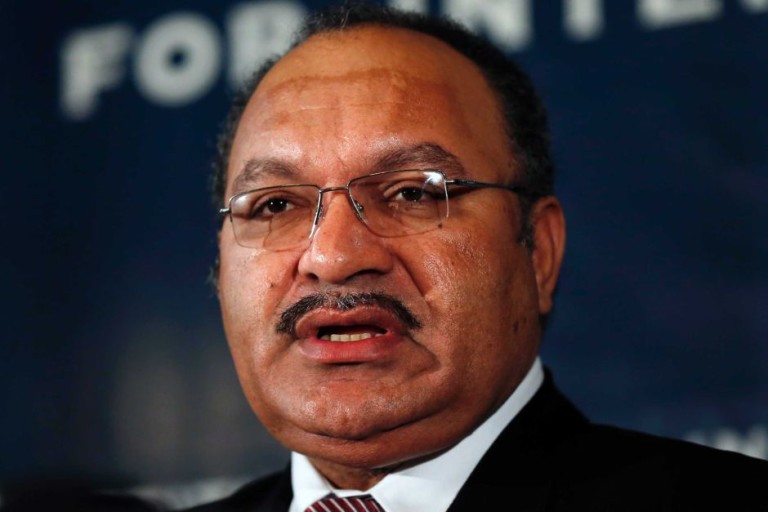
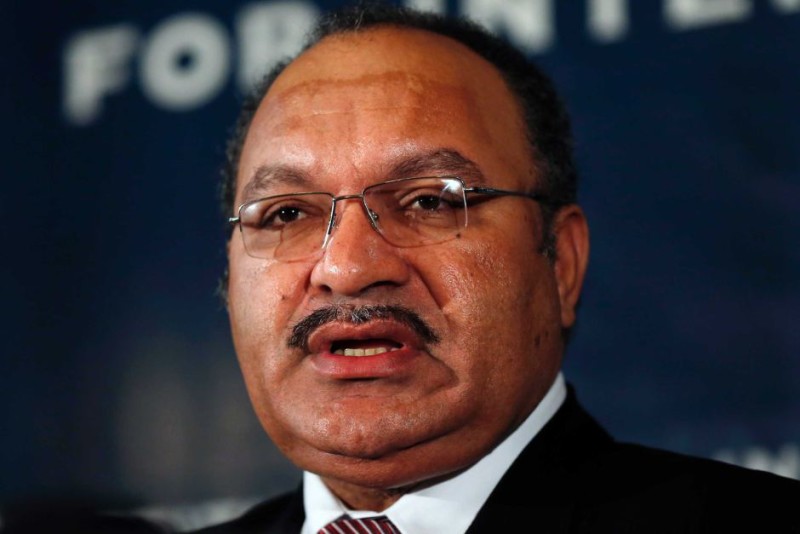
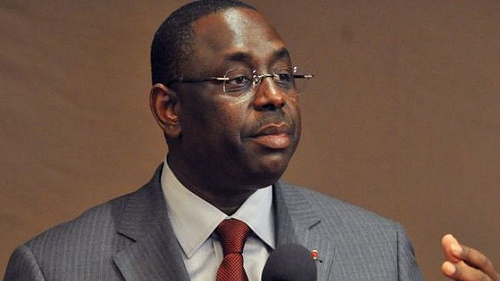
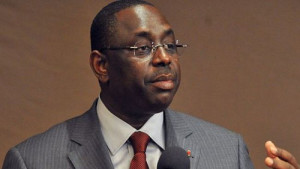
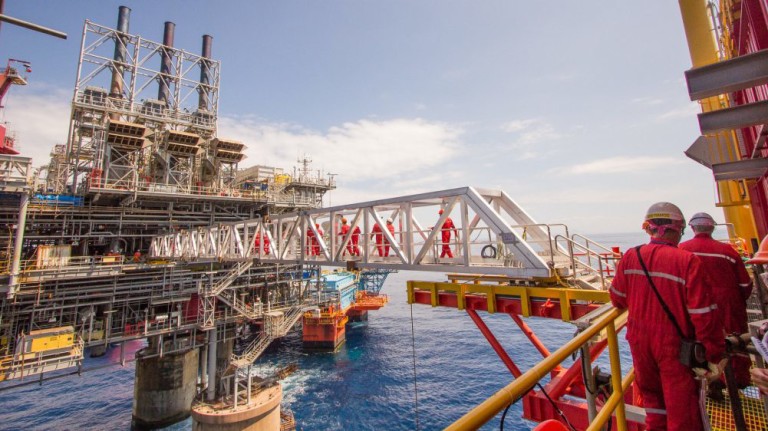
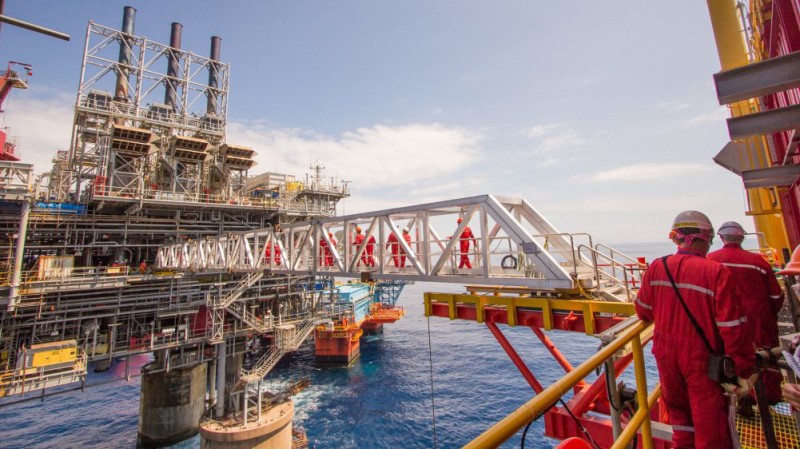 It said in a statement released on Sunday and endorsed by spokesperson Precious Okolobo that some 10 million standard cubic feet of non-associated gas per day (MMscf/d) was produced from the Agbada Early Gas Production Facility (EGPF), into the eastern domestic gas network on March 8, 2016 and has already ramped up to 20MMscf/d of gas, with 1,500 barrels per day of oil.
It said in a statement released on Sunday and endorsed by spokesperson Precious Okolobo that some 10 million standard cubic feet of non-associated gas per day (MMscf/d) was produced from the Agbada Early Gas Production Facility (EGPF), into the eastern domestic gas network on March 8, 2016 and has already ramped up to 20MMscf/d of gas, with 1,500 barrels per day of oil.